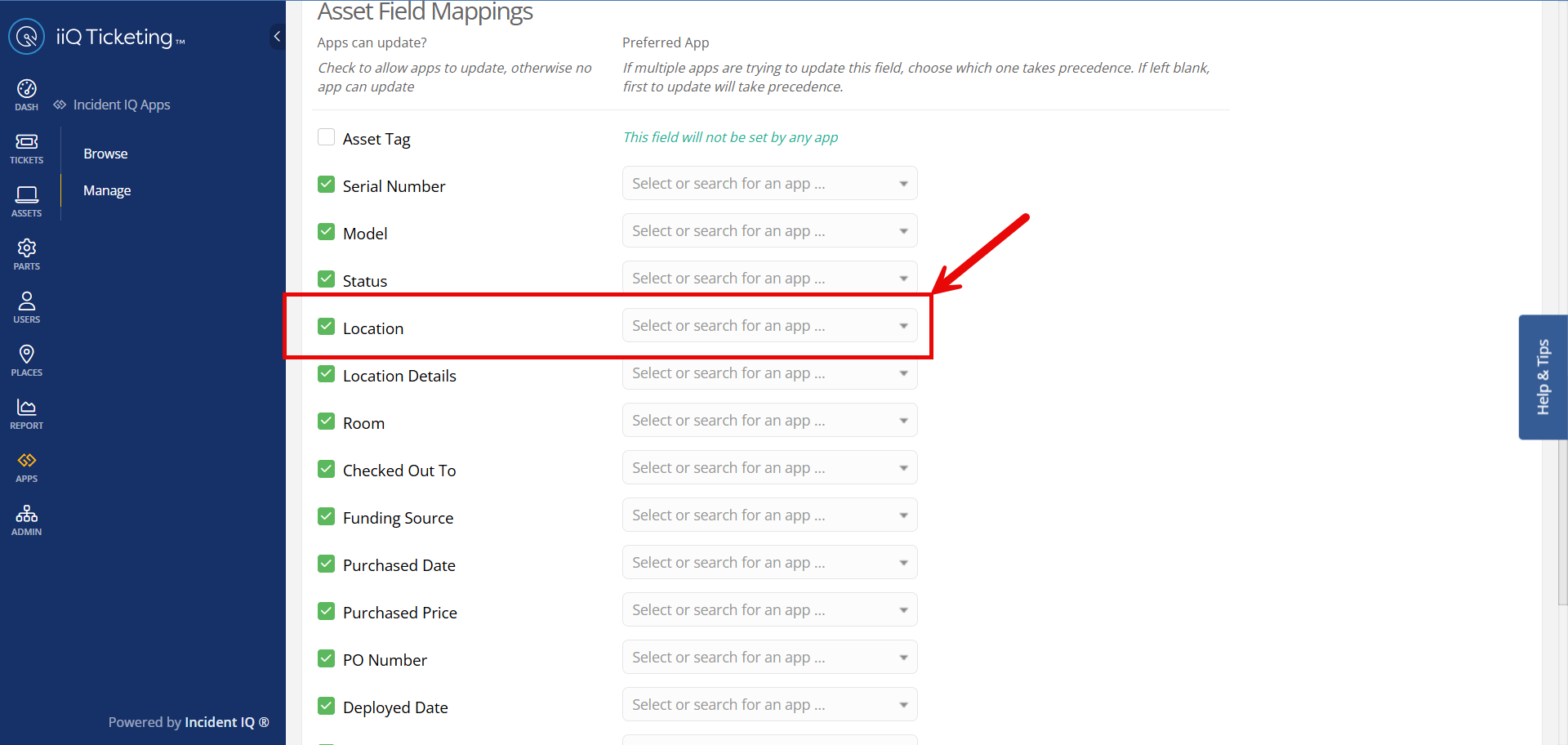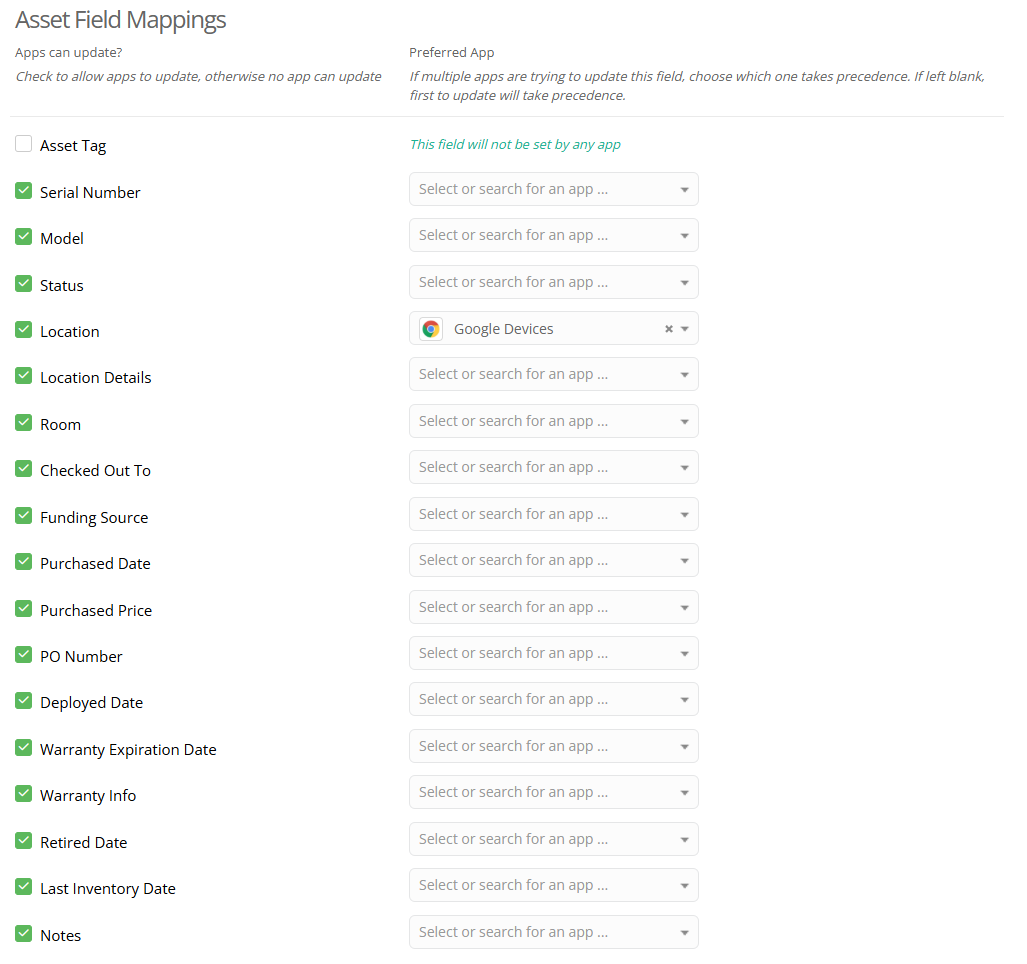Hi all. I just noticed that Intune is not creating new devices because I have set the default location mapping to “none.” I was hoping it would solve the issue of not being able to manually set device locations. I was also trying to create rules to control the location but I have encountered this new issue where new devices are not being created because a location is required. Some potential ideas I have are:
- Turn location mapping back on
- Devices will be automatically created by IIQ
- Locations cannot be manually set as an Intune sync will kick it back to the default location mapping
- Devices will have a default location of “Unassigned”
- This will affect the accuracy of site numbers
- Keep location mapping off
- Devices will have to be manually added to IIQ
- Intune MDM will not create new devices
- Room for error, discrepancies, etc…
- Location can be manually set and changed
- Accurate site numbers - subject to accurate device imports
- Devices will have to be manually added to IIQ
- Turn location mapping back on and take another shot at writing a rule to manage location mapping?
Thanks in advance for any replies!








